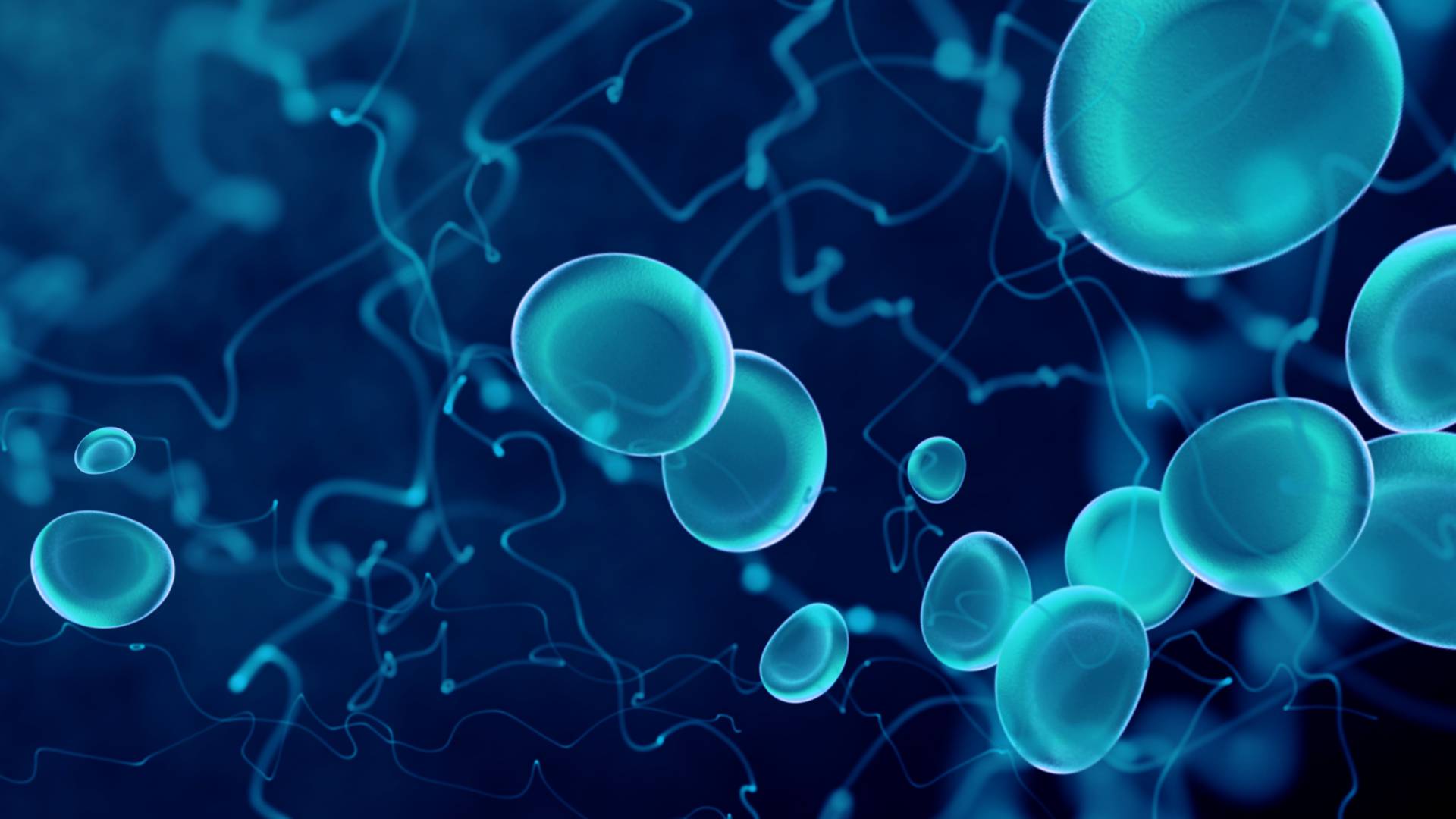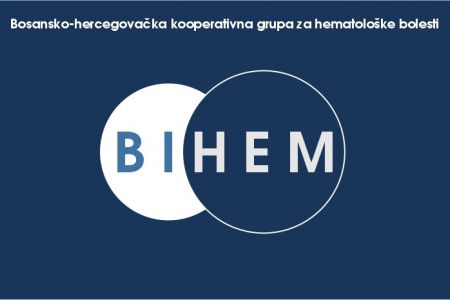Discontinuation of second generation (2G) tyrosine kinase inhibitors (TKI) in chronic phase (CP)-chronic myeloid leukemia (CML) patients with stable undetectable BCR-ABL transcripts (916)
Program: Oral and Poster Abstracts
Type: Oral
Session: 632. Chronic Myeloid Leukemia - Therapy II
Tuesday, December 11, 2012: 8:15 AM
A411-A412, Level 4, Building A (Georgia World Congress Center)
Delphine Rea, MD, PhD1*, Philippe Rousselot, MD, PhD2*, François Guilhot, MD3, Michel Tulliez, MD4*, Franck E. Nicolini, MD, PhD5, Agnès Guerci-Bresler, MD6*, Laurence Legros, MD, PhD7*, Martine Gardembas, MD8*, Stephane Giraudier, MD, PhD9*, Gaelle Guillerm, MD10* and Francois-Xavier Mahon, MD, PhD11*
1Service des Maladies du Sang, Hopital Saint Louis AP-HP, Paris, France
2Hôpital André Mignot, Le Chesnay, France
3CIC Inserm 0802, CHU de Poitiers, Poitiers, France
4Hematology department, Hôpital Henri Mondor, Creteil, France
5Centre Hospitalier Lyon Sud, Pierre Benite, France
6Hematology department, CHU Brabois, Vandoeuvre les Nancy, France
7Service d'Hematologie Clinique, Hopital de l'Archet CHU Nice, Nice, France
8Hematology department, CHU d'Angers, Angers, France
9Hematology department, Hôpital Henri-Mondor, Créteil, France
10Hematology, Hôpital Augustin Morvan, Brest, France
11Laboratoire d'hematologie, Universite Victor Segalen, Bordeaux, Pessac, France
Background: TKI have proven remarkably successful against CML. Despite this progress, current recommendation is to never stop therapy. However, prospective trials such as STIM and CML8 suggest that imatinib may be stopped in patients with deep and sustained molecular responses (Mahon et al, Lancet Oncol. 2010; Ross et al, Haematologica 2012). Here, we report on the feasibility of 2G-TKI discontinuation.
Methods: Adult CP-CML patients on dasatinib or nilotinib without previous allogeneic transplantation or progression to advanced phase CML were proposed treatment discontinuation provided that (1) TKI treatment duration was at least 36 months (2) BCR-ABL transcripts were undetectable for at least 24 months, with at least 20 000 amplified copies of the control gene. The primary objective was treatment-free stable major molecular response (MMR: BCR-ABL/ABL internationally standardized (IS) ratio ≤ 0.1% IS). BCR-ABL transcripts were quantified in local laboratories monthly during the first 12 months, every 2-3 months during the 2nd year and every 3-6 months thereafter. Molecular relapse was defined by the loss of MMR and triggered therapy resumption. The study is ongoing and 42 patients currently agreed to stop dasatinib (53%) or nilotinib (47%). Data as of August 1, 2012 are reported, focusing on the subgroup of 34 patients with a minimum follow-up of 6 months (median 14, range 7-33).
Results: Median age was 58 (34-81), 56% of patients were females (n=19). Sokal risk group was low in 56% (n=19), intermediate in 24% (n=8), high in 11% (n=4) and unknown in 9% (n=3). Twelve patients (35%) received interferon prior to TKI therapy, 25 (74%) were treated with 2G-TKI upfront (n=2) or after imatinib intolerance (n=25) and 9 (26%) received 2G-TKI due to suboptimal response/resistance. The median time since diagnosis was 87 months (31-218), the median time since TKI initiation was 79 months (30-133), the median duration of 2G-TKI therapy was 35 months (21-72) and the median duration of undetectable BCR-ABL transcripts was 27 months (21-64). At last follow-up, the 12-month probability to remain in stable MMR was 58.3% (95% CI, 41.5%-75%). The median time to MMR loss was 4 months (1-25). Importantly, no hematologic relapse was observed and none of the patients progressed to advanced phase CML. Since in imatinib discontinuation trials, different definitions for molecular relapse were used, we also calculated the rate of relapse according to STIM (detectable BCR-ABL on 2 consecutive tests with at least 1 log increase between the 2) and CML8 (detectable BCR-ABL on 2 consecutive tests at any level). The corresponding 12-month probabilities were 55.8% (95% CI, 39.2%-72.6%) according to STIM and 44.1% (95%CI, 27.4%-60.8%) according to CML8. We searched for factors possibly associated with treatment-free stable MMR. Patients treated with 2G-TKI first line or after imatinib intolerance had a significantly higher probability of stable MMR than those who were switched to 2G-TKI because of suboptimal response/resistance (12-month rate 67.3% (95% CI, 48.6%-86%) versus 33% (95% CI; 2.5%-64.1%), p=0.02). Gender, age, prior IFN exposure, 2G-TKI type and treatment duration were not found to have any impact but caution is needed due to the small size and heterogeneity of this series. Treatment was resumed in 15 patients after a median time of 5 months (2-29). The same 2G-TKI used prior to discontinuation was reintroduced in all but 1 patient, due to tolerance issues. The median follow-up since treatment resumption was 9 months (0-27). At last follow-up, MMR was regained in all 13/15 evaluable patients and undetectable BCR-ABL in 10/13. Eighteen patients with stable MMR remained off-therapy at last follow-up (median 16 months, range: 7-33), among which 7 with stable undetectable BCR-ABL and 11 with weakly detectable BCR-ABL on 1 or more occasions.
Conclusions: 2G-TKI may be safely discontinued in CP-CML patients with long-lasting undetectable BCR-ABL under strict molecular monitoring conditions, especially in patients with prior imatinib intolerance or treated with 2G-TKI as first line therapy. In patients with prior imatinib suboptimal response/resistance, strategies to improve outcome are needed. The recurrence of a low level of detectable residual disease below the MMR threshold after 2G-TKI withdrawal may not automatically herald CML relapse and may not preclude the possibility to remain treatment-free.
Disclosures: Rea: BMS, Novartis, Teva: Honoraria. Rousselot: BMS, Novartis: Research Funding. Guilhot: Novartis, Ariad, and BMS: Consultancy, Speakers Bureau. Tulliez: BMS, Novartis: Honoraria. Nicolini: Novartis, Bristol Myers-Squibb, Pfizer, ARIAD, and Teva: Consultancy, Honoraria, Membership on an entity’s Board of Directors or advisory committees, Research Funding. Guerci-Bresler: Novartis, BMS: Speakers Bureau. Legros: BMS, Novartis: Honoraria. Gardembas: Novartis: Speakers Bureau. Giraudier: Novartis: Speakers Bureau. Mahon: Novartis, BMS: Consultancy, Research Funding.





